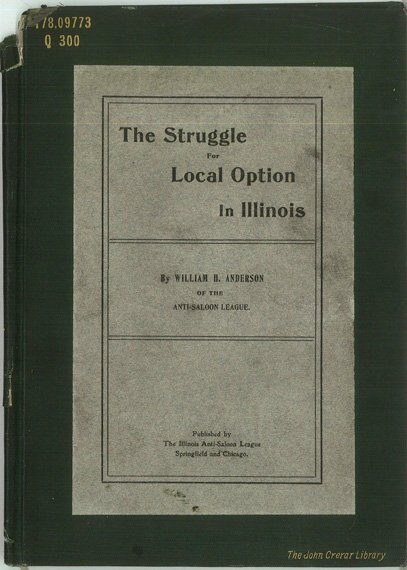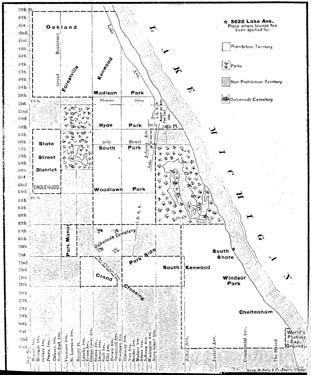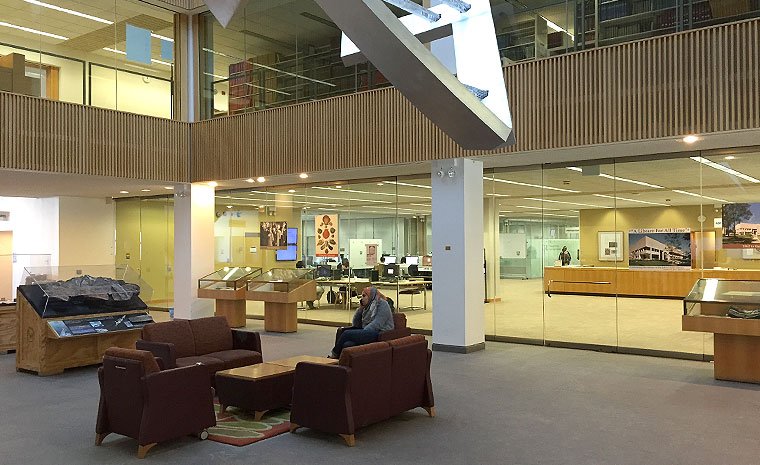Saloons in Chicago
Saloons (later called taverns) were an institution from the earliest days of Chicago as a town. In the early 1830's there were taverns near Wolf's Point on the Chicago River, known as "Miller's Tavern" and "Sauganash Tavern." As the town grew, so did the number of saloons. The Great Fire of 1871 destroyed many businesses, including saloons. A variety of economic woes put a lot of pressure on saloons and breweries alike. Various business strategies were employed to help bolster sales of beer in Chicago's saloons. Breweries and brewery syndicates (vertically-integrated businesses which attempted to control everything from malting houses to retail outlets) set up "tied-houses." "Tied-houses" were properties for which breweries often signed surety bonds and mortgages for saloons and leased bar equipment to saloonkeepers in exchange for purchases of beer from the brewery providing the bond or equipment. Architectural remnants of these "tied-houses" may be seen in buildings that have a concrete or terracotta relief ornaments of the Schlitz logo. Surviving examples are found at a number of locations throughout the city. Other business models for saloons prior to World War I included dance halls where performers (usually female) encouraged guests (usually male) to purchase drinks, gambling through the use of slot machines, and provision of free food with purchase of beer. During the Prohibition years, Chicago saloons came under the influence of bootleggers and other criminal elements, transforming into the speakeasies of the 1920's.
An English syndicate consolidated the McAvoy Brewing Company and Wacker & Birk Brewing and Malting Company in 1889 under the name Chicago Breweries, Limited. By 1895, there were around 50 breweries in Chicago, 10 of which were owned by English syndicates.
Source: One Hundred Years of Brewing; a Complete History of the Progress Made in the Art, Science and Industry of Brewing in the World, Particularly During the Nineteenth Century. Chicago and New York: H.S. Rich & Co., 1903. Crerar L663.4 Q300
Source: George, John Edward. The Saloon Question in Chicago. American Economic Association. Economic Studies. Vol. 2, no. 2. New York: Pub. for the American Economic Association by the Macmillan Company, 1897. Regenstein HV5298.C4G3

From: Anderson, William H. The Struggle for Local Option in Illinois. The Illinois Anti-Saloon League, Chicago, IL 1903. Crerar 178.09773 Q300
The introduction states, "This pamphlet is not designed as a tract for casual readers, but is a handbook for workers." "The plans and methods are...employed by practical people everywhere for the accomplishment of results in all fields of endeavor, and because of this they are proposed, in so far as they are general, as the ultimate solution of the saloon problem."

